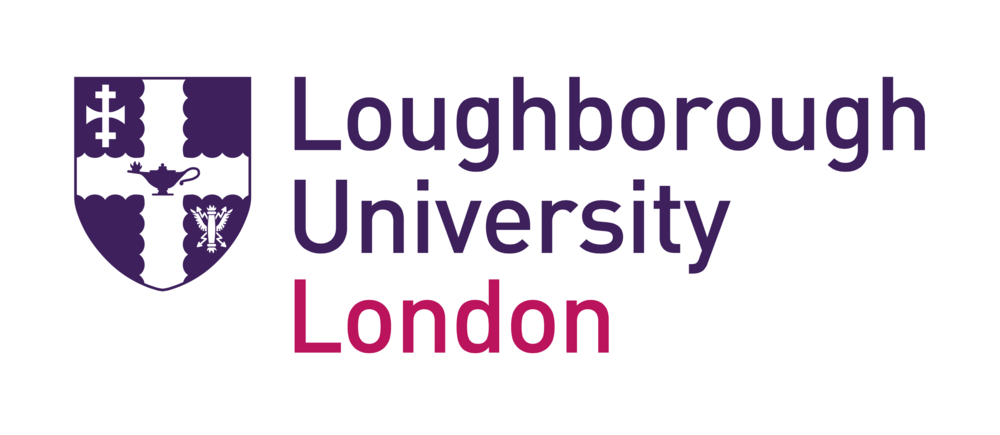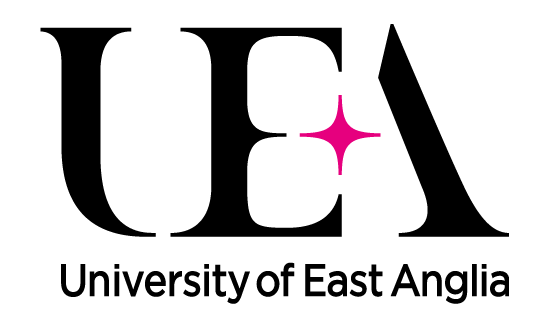The Pros and Cons of Using Classroom Monitoring Software in Different Educational Environments
In the ever-evolving landscape of schooling, technology plays a pivotal role in shaping the learning experience. One such technological tool gaining prominence is classroom tracking software. This article delves into the definition, benefits, drawbacks, and issues of the use of such software programs in diverse educational settings.
Classroom tracking software program is a technological solution designed to help educators oversee and manage schoolroom activities. Its primary motive is to beautify the teaching and get-to-know-to-enjoy by offering insights into scholar engagement, facilitating customized getting-to-know, and streamlining school room management.
Pros of Using Classroom Monitoring Software
Enhanced Classroom Management
One of the widespread advantages of the lecture room tracking software program lies in its potential to aid educators in coping with and organizing study room activities effectively. With functions including real-time tracking and control, educators can maintain targeted and productive mastering surroundings.
Improved Student Engagement
Monitoring gear impacts scholar participation and interplay. This equipment enables educators to gauge student engagement levels, perceive areas of hobby, and tailor instructions to captivate students' attention. The result is a more dynamic and engaging study room revel in.
Cons of Using Classroom Monitoring Software
Privacy Concerns
One widespread subject related to study room tracking software programs revolves around privacy troubles. The series of information on students' sports might also raise questions about the safety of character privacy rights. Striking stability between precious insights and respecting college students' privacy is critical.
Technical Challenges
The implementation of tracking gear may also include technical demanding situations. Issues along with software program compatibility, connectivity issues, or gadget malfunctions can disrupt the teaching and getting-to-know manner. Educators ought to be organized to cope with and mitigate these demanding situations correctly.
- Software Compatibility: Ensuring that the monitoring software integrates seamlessly with existing educational technology is crucial. Compatibility issues can hinder the effectiveness of the monitoring process.
- Connectivity Issues: Technical hiccups, such as poor internet connectivity or server problems, can impede real-time monitoring. Educators need contingency plans to address connectivity issues promptly.
- System Malfunctions: Classroom monitoring tools rely on stable and functioning systems. Any malfunctions in hardware or software can lead to interruptions in the monitoring process, requiring swift troubleshooting.
Resistance from Students
Students can also react negatively to the idea of being monitored. The feeling of constant scrutiny can cause resistance and discomfort. Educators ought to consider student worries, talk about the advantages of tracking transparently and put in force strategies to cope with resistance.
Considerations for Different Educational Environments
K-12 Education
In primary and secondary instructional settings, the pros and cons of schoolroom tracking software appear uniquely. Customizing the software to align with age-suitable gaining knowledge of methodologies is essential for powerful implementation.
Higher Education
Colleges and universities face awesome considerations, along with the need for greater sophisticated tracking tools. Balancing the autonomy of better education students with the blessings of tracking calls for a nuanced method.
Online Learning Environments
Virtual classrooms present their very own set of demanding situations and blessings. Classroom monitoring software can provide valuable insights into online scholar engagement, however, educators ought to adapt strategies to overcome the restrictions of the digital space.
In summary, using lecture room monitoring software programs brings opportunities and challenges to educators. By understanding the benefits of superior study room control, advanced student engagement, and personalized getting to know, educators can harness the blessings of generation. However, navigating privacy concerns, technical demanding situations, and capacity resistance from college students require a considerate and balanced approach. Considering the specific dynamics of various educational environments ensures that classroom monitoring software will become a treasured device in shaping the future of training. This article serves as a manual for educators navigating the complexities of integrating tracking software programs into their coaching practices.




